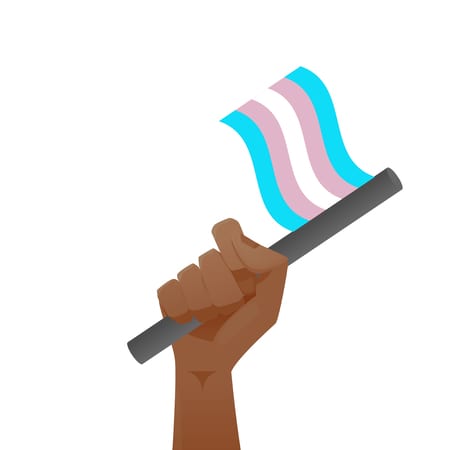Finding and Maintaining Your Self-Esteem When Transgender
Finding authenticity can be a beautiful thing. It can open up a world of possibilities, including that connection that we all need. However, it can also be filled with challenges and can be extremely isolating as well. For people who are transgender, there are many challenges that can make such authenticity feel overwhelming.
There have been some positive changes towards acceptance for the trans community. However, this can still be a difficult time in many ways. There are “religious wars” that continue to be waged. Transgender youth and adults are often thrown under the bus in these religious disputes.
Then we see situations such as the “bathroom bills,” which are based on a complete lack of understanding. This is a complete lack of understanding of gender outside of a cisgender perspective. It puts a burden on those who are transgender.
Unfortunately, these are just examples of obvious discrimination and phobia. Then there are less obvious signs of discrimination as well. This can make practicing authenticity seem undesirable. You can’t be connected if you’re not practicing authenticity, and connection is something we all need.
So how do you do it? How can you remain authentic with all of these challenges? Here are some things that I remind people to remember.
1. Know your values.We can often get focused on the values of others. So much that it’s impossible not to notice them. At the same time, you can also narrow your focus on your own values. If you identify why you think it’s important to be authentic, you can remind yourself of this, even when you see a lack of acceptance around you. This will help to ground you to why it’s important not to hide.
2. Know who you are.You are the only person in your own body. You are the only person who is in your own experience. You know what is most authentic to you and your life. Identify and practice identifying with this. Respect your intuition and you’ll have a great resource to return to.
3. Find accepting people. There are going to be people who won’t accept or understand. However, there are also people out there, who will accept you for who you are. Some of these people may be in your life already. (Yes, people will surprise you).
4. Don’t focus too heavily on those who don’t accept you. I know, easier said than done. You’re going to notice and think about this. The problem occurs where this overshadows those who do accept you. Gently redirect your focus away from those who don’t, and practice focusing on those who do.
5. Caution versus fear. I would never tell you that you shouldn’t feel fear. There are some really scary things out there for transgender people. However, you may be able to downgrade some of your fears to areas of caution. I mean, you might realize that it is important to be safe and aware. Meanwhile, you can let loose of some of the anxiety that you’ve experienced. Downgrading some of those emotions of fear will go a long way in helping you to feel better.
6. Practicing vulnerability. There are going to be calculated risks that you’ll have to take. Sometimes, you’re going to share more of who you are, without knowing how it’s going to work out. Some of these situations will end with someone feeling disappointed. This can be very difficult. However, those times that you do put yourself out there, you’ll experience a connection in a powerful way.
7. Holding hope. This means that you first have to identify what hope is to you. When there are struggles, identify beliefs that it won’t always be this way. This can help you to continue to look for possibilities and openings for self-expression and authenticity.
This is not a complete list. I hope this helps give you a starting point to grow on. When you practice these things, you can learn a lot about yourself and your resiliency.
If you still find that you’re struggling to find this, look for a transgender affirming therapist. If you’re in the Dallas area, you can look here at our experienced trans affirming therapists. If you’re outside of the Dallas area, this list includes many throughout the states. Remember, even if there isn’t a therapist in your town, most states will allow you to work with a therapist in your state by phone or video.







